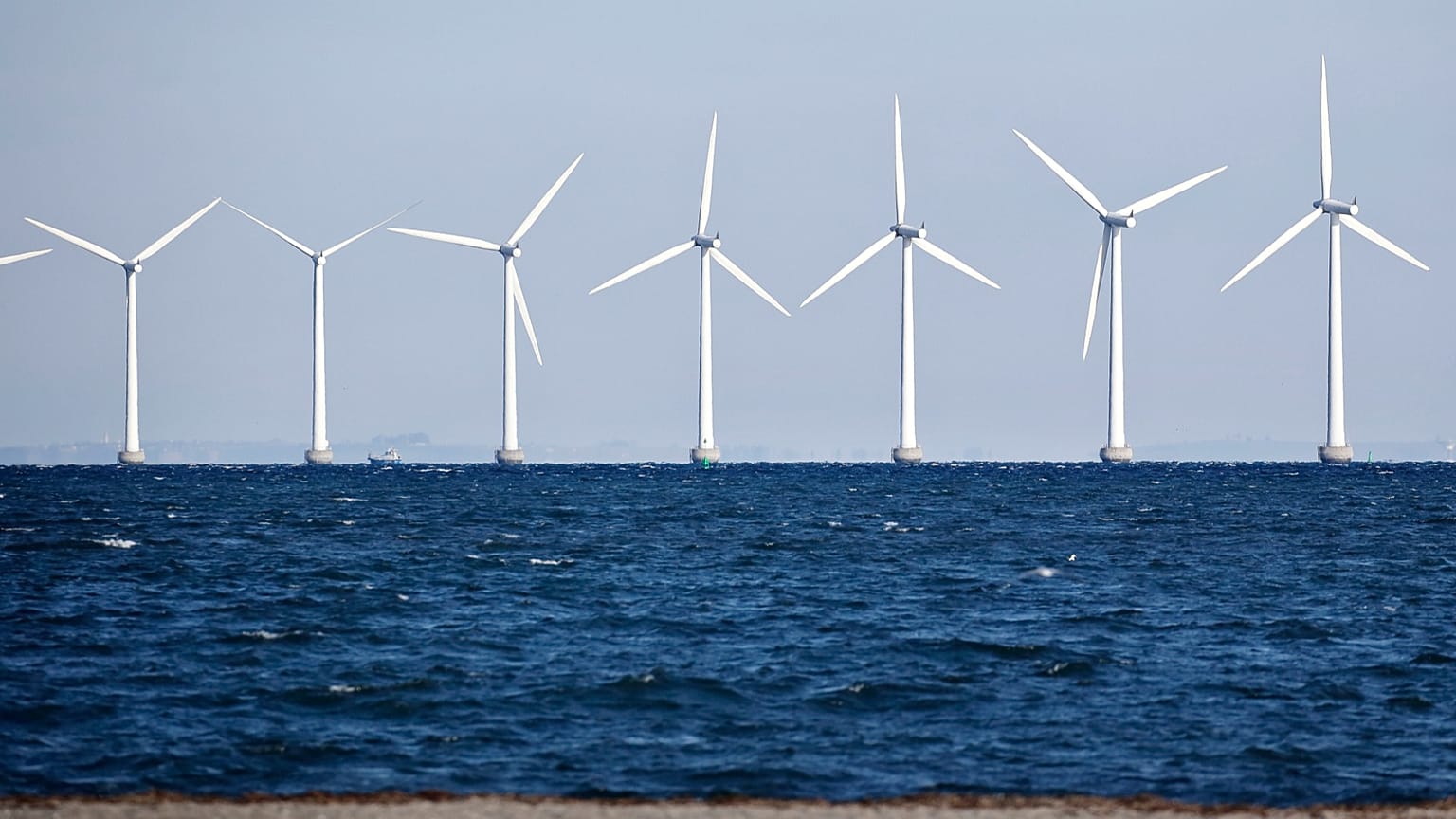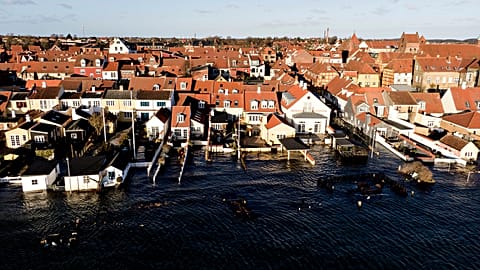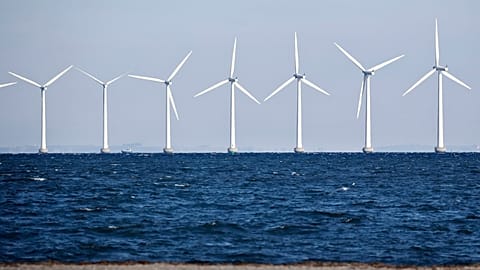Denmark announces incredibly ambitious climate targets at this year’s COP30
An ambitious target
On Monday at COP30, the Danish Minister of Climate, Energy and Utilities, Lars Aagaard, announced the country’s new emissions reduction target for 2035. Denmarkaims to cut greenhouse gas emissions by 82 to 85 per cent by 2035 compared with 1990 levels.
“Denmark must consistently remain among the most ambitious countries, and a new target for 2035 ensures that we remain right at the top internationally, he said. “We must once again show the rest of the world that it is possible to balance ambitious climate goals with a competitive business sector and social cohesion.”
To support this target, the government will allocate 4 billion Danish kroner (around €535 million).
“We have to prioritise climate action even in a time marked by war and conflict,” said Aagaard. “Targets, financing, and the measures needed to secure the additional reductions must go hand in hand.”
What sets Denmark apart?
According to the Climate Change Performance Index (CCPI), which was published today, Denmark ranked 4th in terms of its climate performance. The annual report evaluates how well countries are implementing policies that will help achieve the goals laid out in the Paris Agreement.
Denmark is the highest-ranked of all countries surveyed, with the top three spots remaining unfilled as none are fully aligned with the targets set forth in the Paris Agreement.
The measure, which assesses 63 countries and the European Union, takes into account greenhouse gas emissions, renewable energy progress, energy use, and climate policy. Denmark earned a “very high” rating in Renewable Energy, “high” in GHG Emissions and Climate Policy, and “medium” in Energy Use. The index notes that Denmark has been a leader in offshore windand electric vehicle uptake.
The country had previously set ambitious emissions targets. In 2020, the parliament passed Denmark’s first ever climate act, with a binding target to reduce emissions by 70 per cent by 2030 compared to 1990 levels. The country was on track to meet its goal.
Denmark is also aiming for climate neutrality by 2045.
How does the rest of Europe stack up?
The European Union is one of the world’s six largest greenhouse gas emitters. The bloc finalised its climate target at the last minute before the UN climate conference in Belem.
Member States have agreed to reduce net emissions by 66.25–72.5 per cent by 2035 from 1990 levels. The EU’s goal for climate neutrality by 2050 is also after Denmark’s.
The United Kingdom was previously the world’s most ambitious nation for cutting emissions. Last year, at COP29, Prime Minister Keir Starmer announced a target of an 81 per cent reduction in emissions by 2035 compared with the 1950 level. The UK was the first G7 country to phase out coal, and it ranks 5th on this year’s CCPI. However, the country still lags behind in renewable energy expansion.
Individual European countries have also made strides in their climate commitments. Luxembourg, Lithuania, and the Netherlands made the top ten in the CCPI ranking. Norway and Sweden are also leaders in renewable energy expansion. Norway has also set an ambitious emissions reduction target of 70-75 per cent below 1990 levels by 2035.
“While we cannot yet attest to any country having very good climate mitigation performance overall, there are pioneers in some categories who are demonstrating ambitious performance,” said Niklas Höhne, one of the CCPI authors.


















